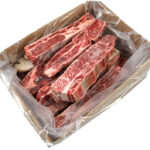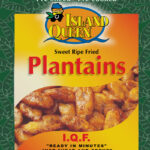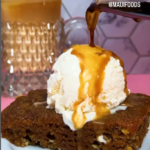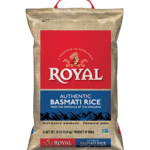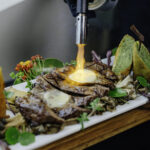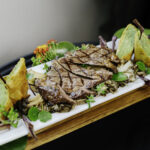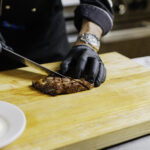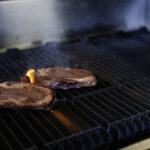Claims like “guaranteed tender” and “always tender” show up on more beef packages all the time. Some menus promote similar claims. So, tenderness must be king with the consumer, right?
Not so fast, says Mark Miller, San Antonio Live Stock Show distinguished professor of meat science at Texas Tech University. “Beef can fail due to flavor, too,” he says. “Once there’s enough tenderness across the industry, then we have to focus on the flavor.”
Recent Texas Tech University research shows that 1,440 consumers placed more value on flavor than on tenderness. The grand summary says flavor held 59% of the importance in determining if a cut of beef met the participant’s satisfaction level. Tenderness came in second at 25%, followed by juiciness.
“They varied a little, but flavor and tenderness were the most important in every demographic,” he says. The research compared USDA Choice and USDA Select in three markets: the East Coast as represented by the Washington, D.C., and Boston areas; Lubbock, Texas; and Phoenix, Ariz. It also relied on several test groups of people, categorized by income, gender, age and education.
You might think consumers with limited income are easier to please. Not so, the study found. “People in the low-income group determine satisfaction based on these same factors,” Miller says. “All beef consumers can tell beef palatability in the same way.”
Miller says results of a 2005 National Cattlemen’s Beef Association survey indicate that about 90% of all beef meets the “acceptable” level for tenderness. That’s determined by Warner-Bratzler shear force; beef cuts that require more than 4.9 kilograms of force to shear are a problem for most consumers.
“When 90% of the beef in the U.S. meets tenderness thresholds, flavor is going to become the most important driver,” he says. Although more research needs to be done on what factors influence beef’s taste, Miller has an idea of where to start. “We know marbling has a big effect on flavor,” he says. Marbling is the tiny white flecks of “taste fat” distributed throughout a cut of beef. “A higher degree of marbling increases the flavor,” Miller explains.
The Texas Tech take-home point, he says, is that consumers don’t just want tender beef. They want tasty, tender beef. Assuring tenderness is important, but it does little good if the meat does not also satisfy the consumer with adequate marbling.
Modest or higher marbling is the hallmark of the Certified Angus Beef® (CAB®) brand’s 10 science based specifications.




